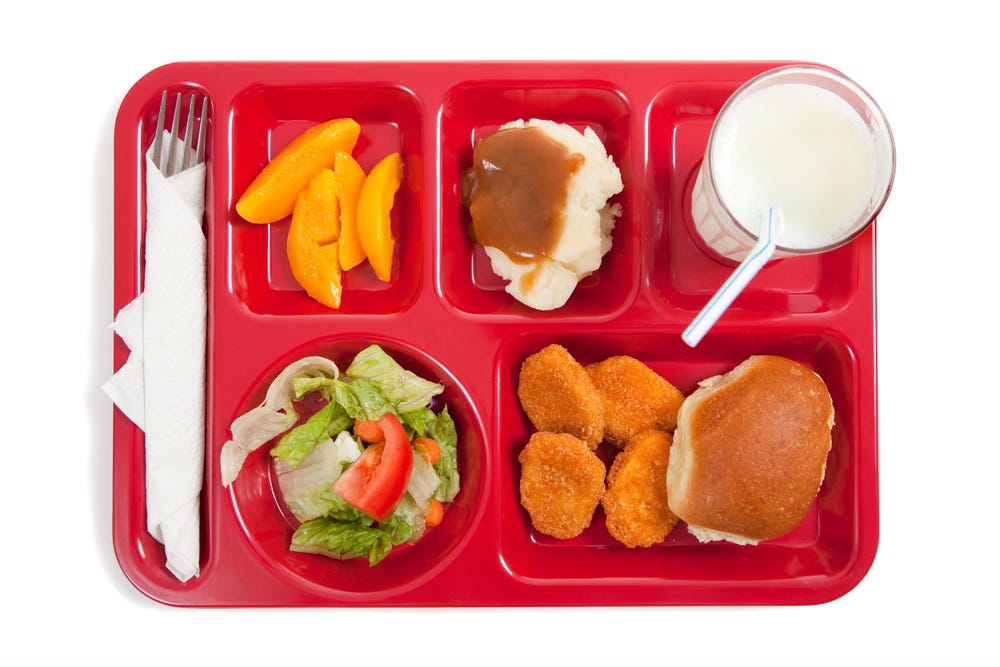Here’s the thing, there isn’t one right way to start this piece.
I could start by telling you about the baguettes that I made today. Or I could start by telling you about the problem I was trying to solve in the manuscript. Now that I’m writing this, I can think of at least three more ways that I could start this piece, but I think you get the idea.
Let’s start with the baguettes, because they came out pretty well. (Much better than my day’s writing output.) Here’s a picture.
The thing about baguettes is that there’s a recipe and a sequence of operations. Yesterday morning, I made the pre-ferment. Then yesterday afternoon I made the dough. Then I put the dough in the fridge, where it proofed overnight. This morning, after my first client meeting, I pulled out the dough, shaped the loaves, proofed them again, then baked them. You could follow the recipe, and make some adjustments, but you couldn’t really change the sequence—not if you wanted a good result.
OKRs are Not Baguettes
(I’m pretty sure that this is the first time anyone has written that headline, which makes me happy.)
While all this was going on, I was working on a section of the manuscript for Who Does What By How Much the book on OKRs that Jeff Gothelf and I are writing. And I was struggling. Here’s the problem—the process of creating OKRs is not like the baguette-making process. Instead, it’s what I call a lunch-tray problem. Lunch trays have a spot for your main, your veg, your dessert, your drink. You can fill them up in whatever order you like. The end result that you’re going—a full tray—is not dependent on the sequence.
OKRs are more like lunch trays. Of course you have your Objective—the big goal—and you have your Key Results—the measure you use to assess your progress towards your goal. Turns out, you also need a bunch of other parts to make your OKR meal complete. You need to know your strategy, for example. If you work in a large organization, you need to know your organization’s high-level OKRs.
There are some smaller pieces that are helpful too. Jeff and I believe in creating people-centered OKRs, where your measure of progress is whether or not you’re changing people’s behaviors. This means that you want to know which people you’re going to target, and what they’re trying to do, and how much change you want to make in their behavior. (All summarized by the title of the book: Who Does What by How Much?)
This is a lunch-tray problem. It doesn’t really matter what order you do this stuff in, it just matters that your end result—the OKR that you create—makes sense.
Today’s Struggle: Explanations Are Sequential
OK, Josh. Lunch trays. Baguettes. Maybe you’re just hungry?
I was, actually, and I ate many snacks while wrestling with today’s problem, which was this: although creating OKRs is a lunch-tray problem, explaining how to create them in written form is inherently sequential. Ideally, you’re presenting the reader with a recipe. So how do you write a recipe for a lunch-tray problem, where sequence is somewhat arbitrary?
Anyway, we tried it one way yesterday, discovered that we didn’t like it today, and will try a different sequence tomorrow. The sequence that didn’t work started with the pre-work, and ended with the OKRs. For tomorrow’s sequence, we’ll start with the OKRs and present the other work (strategy, customers, behaviors) as follow-up chapters.
Also, I’ll probably start another batch of baguettes. I was used this recipe from Claire Saffitz, but I didn’t like the texture of the crumb. I think I’ll go back to the King Arthur recipe, which I like better.
OKR Office Hours
Speaking of OKRs, Jeff and I have been holding monthly Office Hours sessions on Zoom. People join the call and we talk OKRs and related topics. It’s free. It’s fun. You should join us. Our next session is this coming January 17 from 12-1pm, ET. If you’re interested, here’s the link to RSVP.
Bonus points if you bring something that you’ve baked.



